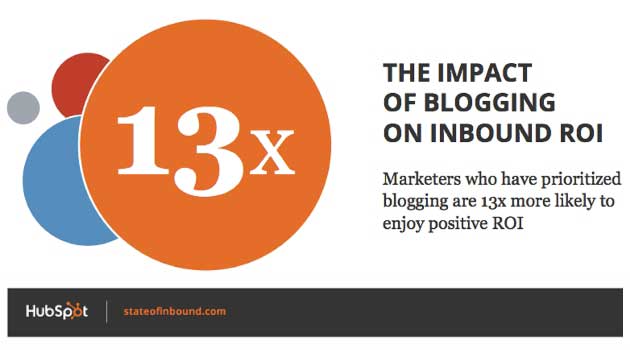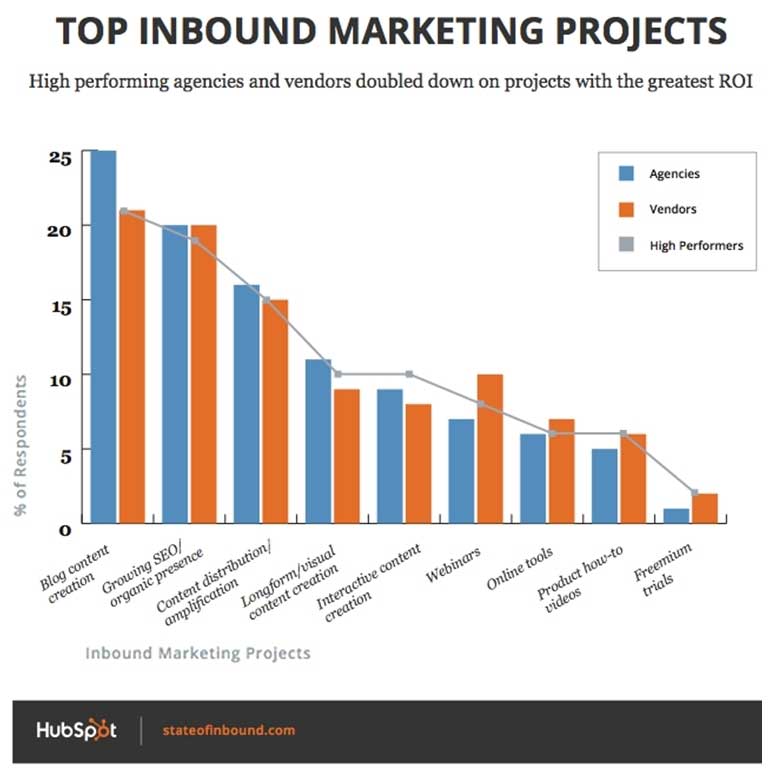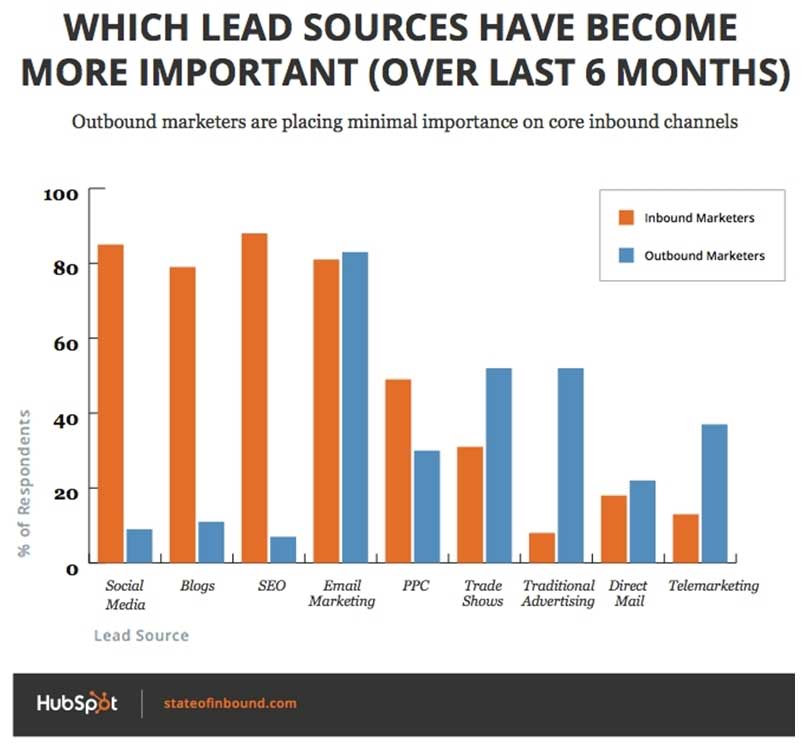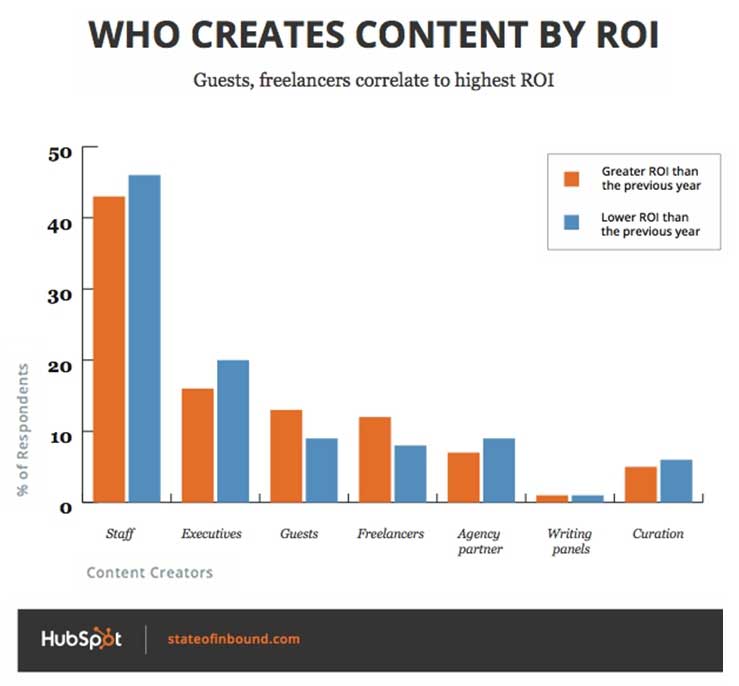Spend a day here at HubSpot, and you'll likely hear someone say "notimetoohard." (Seriously, it's like impala when you're on a safari: You get your money back if you don't see one.)
The phrase is our portmanteau, composed of the two most common objections marketers raise when we advocate content-driven marketing: They say they lack either the time or the skills to create content—or both.
Books like Inbound Marketing and Everybody Writes help with skills-building; still, there are only 18 hours in a workday. (Kidding. Sorta.) Until some collegiate hipster subsisting on bike-share transportation and Airbnb lodging raises millions on the promise of "disrupting time," marketers will continue to struggle to find the hours needed to create the content they know is so vital to their company's growth.
The question they face is refreshingly simple: How can we maximize our content output in the minimum amount of time? The answer, too, it turns out, isn't particularly complex: Spend time only on content that works.
The trick, of course, is figuring out ahead of time what content will perform.
HubSpot recently surveyed nearly 3,600 marketing and sales professionals for our annual State of Inbound report (available here; email required), and asked several questions related to content creation and impact. Then we pivoted the data to see where high performers—that is, marketers who generated greater year-over-year return on their inbound investment—spent their time and resources. A pattern emerged.
Whether the respondent sells products or provides services, the pattern is the same: High-performers prioritize projects designed to help get the company and its content discovered. They blog, think of SEO as an input (not an output), and invest in distribution. On average, the most effective marketers are five times more likely to prioritize top-of-funnel activities over pre-sales projects such as creating product videos and free trials.
One reason the most effective inbound marketers are growing ROI through content-driven practices is that their "outbound marketing" counterparts are almost entirely ignoring these opportunities: 84% of inbound marketers—compared with only 9% of outbound marketers—cite organic, top-of-funnel sources ( social media, blogs, SEO) as rising in importance.
So for the marketers who are asking themselves where they can find the time to create content, the answer lies at the top of the funnel. They should blog with SEO in mind, and distribute that content via social channels.
Blogging? Really, that's it? Can getting started in content really be that simple? Yes, it can. In fact, "yes" is an understatement. Marketers who blog are a whopping 13x more likely to drive positive inbound return on investment (ROI).

Of course, even if we narrow the scope of what content needs to be created, blog posts and social shares don't just write themselves. The "no time" challenge may be lessened, but it's not eliminated.
To overcome the obstacle entirely, who should create this content? Must it all be done in-house? If so, should executives or staff publish? We asked these questions, too; again, let's pay particular attention to what high-performers are doing.
Although internal authors (staff and executive alike) correlate to the highest ROI, they also happen to correlate to the lowest ROI. Huh? We too initially thought that was weird. But then something occurred to us: If every company that publishes content creates at least some of it internally, then both the best and the worst marketers will be reflected in this superset. Said another way: If you polled everyone who drives a car, both safe and reckless drivers would be represented.
Thus, rather than look for guidance in the size of the bars for each segment, let's instead zoom in on areas of difference, where we can see who created content that helped boost ROI.
It turns out companies that source content from guests and freelancers are more likely to enjoy a lift in ROI than suffer a dip. Guests and freelancers likely correlate to increased ROI because inbound success relies as much on content volume as it does on quality. Unless a company is producing a steady stream of useful content, the audience it earns will begin to decay.
Guests and freelancers are relatively inexpensive sources of content, putting the tactic within reach of many small businesses. Procuring content from these groups allows companies to scale output with a minimal time investment.
So there you have it. In addition to vital skills development, the antidote to "notimetoohard" is a blend of focus (search-driven top of funnel content—blogging in particular—and social distribution) and partner selection (freelancers and guests) to achieve scale.
And who knows... maybe with all the time you save, you'll be the hotshot entrepreneur who invents that elusive 25th hour.







